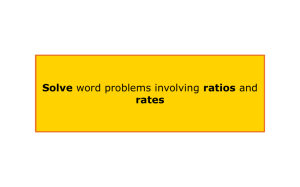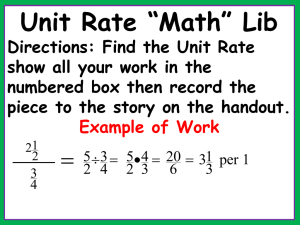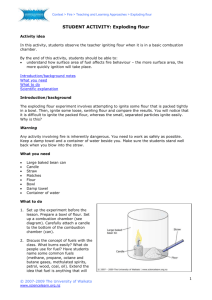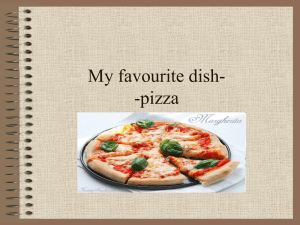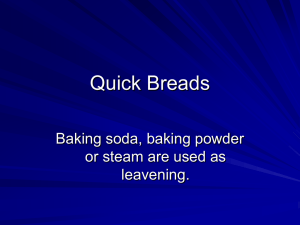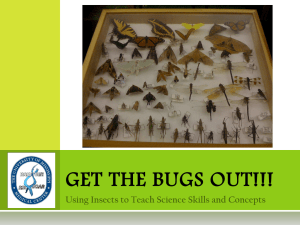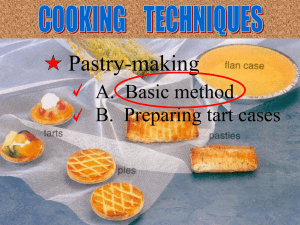Lesson2.2a Flour and Fire
advertisement
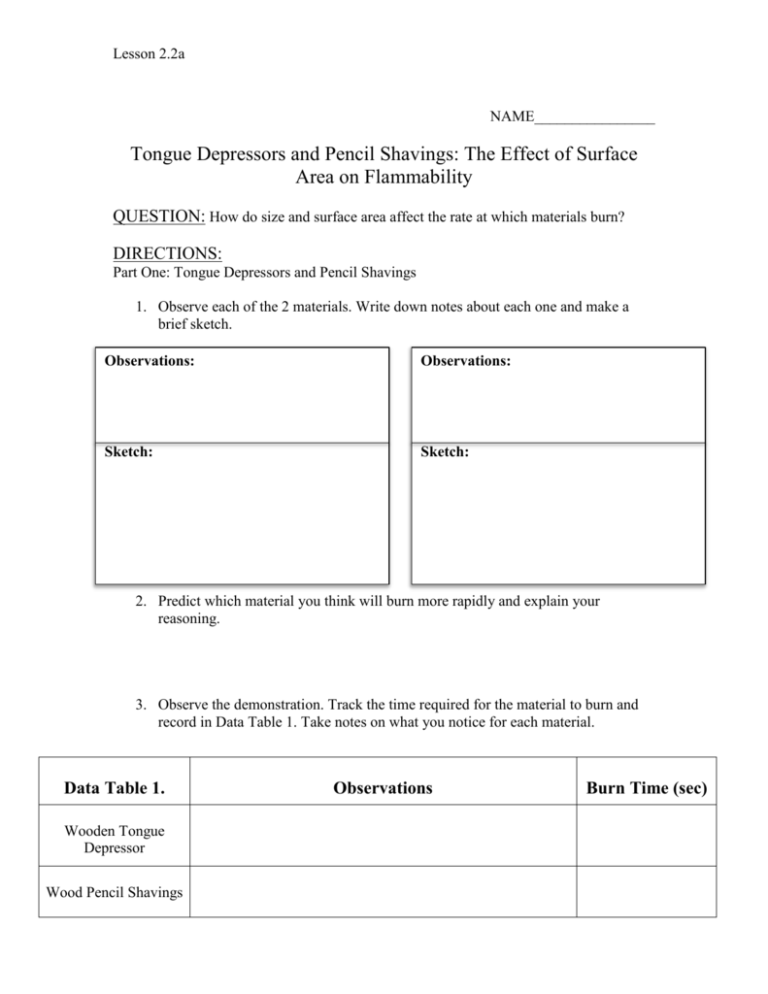
Lesson 2.2a NAME________________ Tongue Depressors and Pencil Shavings: The Effect of Surface Area on Flammability QUESTION: How do size and surface area affect the rate at which materials burn? DIRECTIONS: Part One: Tongue Depressors and Pencil Shavings 1. Observe each of the 2 materials. Write down notes about each one and make a brief sketch. Observations: Observations: Sketch: Sketch: 2. Predict which material you think will burn more rapidly and explain your reasoning. 3. Observe the demonstration. Track the time required for the material to burn and record in Data Table 1. Take notes on what you notice for each material. Data Table 1. Wooden Tongue Depressor Wood Pencil Shavings Observations Burn Time (sec) Lesson 2.2a Part Two: Flour Powder 1. Observe the two types of flour. Write down any notes make a brief sketch. Observations: Sketch: 2. Predict what will happen in each trial and explain your reasoning. 3. Observe the demonstration. Take notes on what you notice for each material. Data Table 2. Whole Wheat FlourAirborne Observations White FlourAirborne 4. Explain your observations- why did this result occur? Lesson 2.2a Flour on Fire- A Closer Look at the Role of Surface Area You observed a demonstration in which white flour was suspended in air and caught fire. Lets take a closer look at what happens when flour combusts (or burns) and why it becomes flammable in the air. Draw a picture below of the demonstration both while the flour remained undisturbed and once the flour was airborne. Before Airborne: While Airborne: Flour has a chemical formula of C6H10O5, meaning it has 6 parts carbon (C), 10 parts hydrogen (H), and 5 parts oxygen (O). When it burns, it requires oxygen (O2) and produces carbon dioxide (CO2) and water (H2O). This process is called combustion. The chemical formula for this process is the following: C6H10O5 + 6O2 6CO2 + 5H2O This equation shows that in order for flour to burn, every 1 molecule of flour (C6H10O5) must come into contact with at least 6 molecules of oxygen (O2). Lesson 2.2a Look again at your diagrams above of the flour before being airborne and while airborne. In the boxes below, draw a close-up diagram of what each situation might look like at the molecular level, as if you could see actual molecules of flour and oxygen interacting. White Flour Close up: Before Airborne White Flour Close up: Airborne In the space below, explain your close up diagrams. Include in your explanation how differences in the positioning of the flour (airborne or not) affect its combustion.

